Do you find the highly attractive and cheerful Molly fishbowl you over, but do not know where to start breeding them? Are you worried about pregnancy timetables or unclear on how to handle looming births? Ah, don’t get your gills in a twist, fish fan. Some aspects of molly fish breeding that you might not know or may worry about will be discussed in this article, and you will also be able to learn how to rear good and healthy fry.
Content Table
In this article, we will focus on how long the pregnancy of Molly fish lasts, the world that pregnant mollyfish inhabit, as well as some recommendations regarding their care.
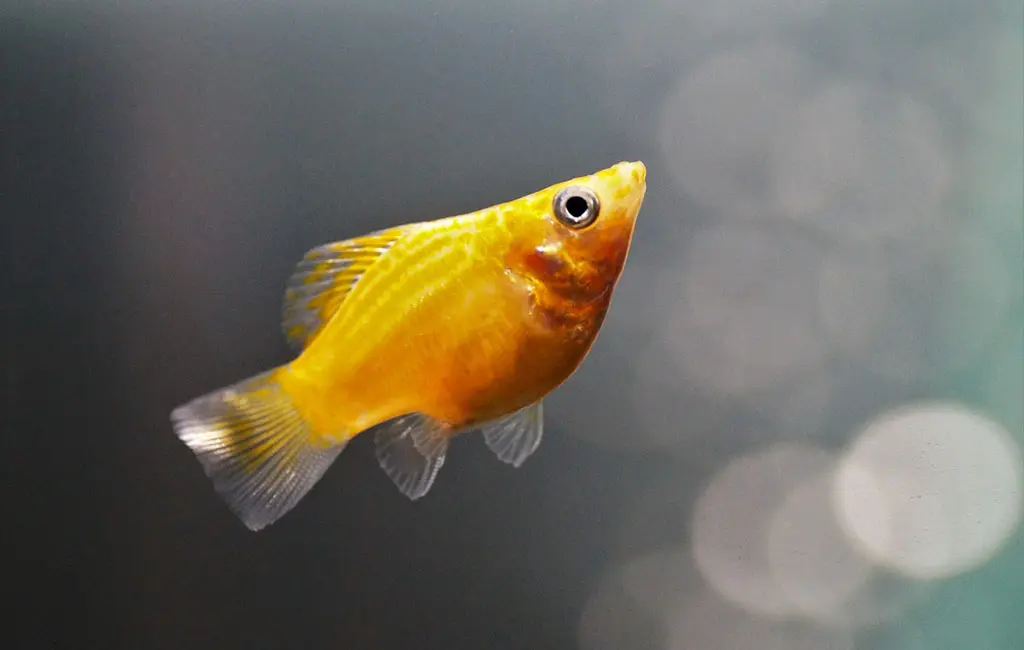
Molly fish gestation
Molly Fish Gestation
Molly fish are livebearers, meaning they give birth to live fry instead of laying eggs. The gestation period for mollyfish is relatively long compared to other live-bearing fish, typically lasting between 4–6 weeks. Here are some of the rules and conditions that affect Molly fish gestation.
- Water temperature: When the water is warm, the gestation period will be shorter than the average one. Ideally, at a temperature of 72-78°F (22-26°C), molly fish pregnancy will take about 4–6 weeks. Low temperature can delay its gestation period, while hot water stresses the fish and reduces its gestation period.
- Water quality: It is important to note that water quality should be clean and stable during the pregnancy period. It is also crucial to change the water frequently and ensure the fish tank has an efficient filtration system because ammonia and nitrites are toxic to fry.
- Diet: Proteins and vitamins are needed in the food of the fry to ensure that they grow healthy. They also feed on brine shrimp, daphnia, and high-quality flakes and pellets.
- Stress: Stress can also cause problems with the gestation period, as well as with the fry’s health. Do not overpopulate the tank and limit contact with the pregnant female.
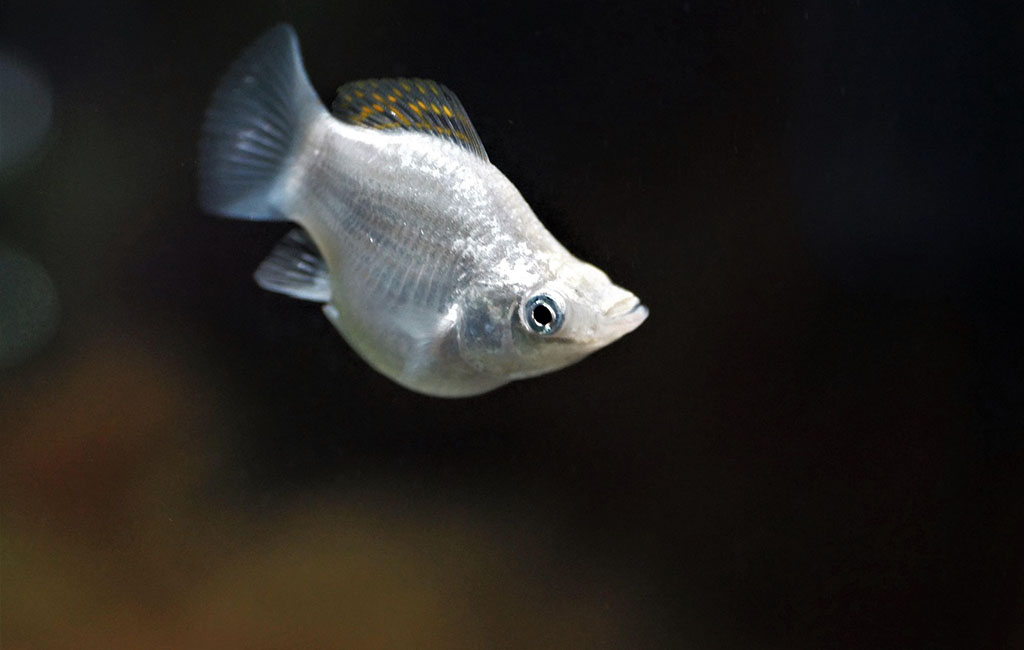
Pregnant Molly fish
Pregnant Molly Fish
Here’s what to look for in pregnant Molly fish:
1. Physical Signs
- Gravid Spot: This is a black, sub-triangular skin motion near the female’s anal fin. It also grows in size and becomes black to indicate the level of pregnancy by showing fry in the making within it.
- Increased Belly Size: Fry grows inside the body of the pregnant female, and this results in the female’s abdomen swelling. This can be well explained by observing the fish from the top when the fish is out of the water.
- Boxy Shape: The total body configuration of the preggers Molly fish can also be more compact due to the fry’s developmental stages.
2. Behavioral Signs
- Seclusion: Reproductive mollies are also modest to some extent and try to find shelter, particularly when she is pregnant.
- Reduced Activity: After this, the female may become less active and spend most of the time lying at the bottom of the tank as pregnancy progresses.
3. Fertility Considerations
- Continuous Fertility: Molly females can reproduce at some point in their lives and can give birth to several till they die, unlike fish that produce eggs. They preserve sperm for a while, perhaps for several pregnancies to be gotten from one mating.
- Litter Size: Concerning reproduction, it should be noted that the Molly fish are good breeders that can produce a litter of 20–100 fry at a time. The ability of number of young ones that a female can produce at once depends on her age, size, and much more on her general health.
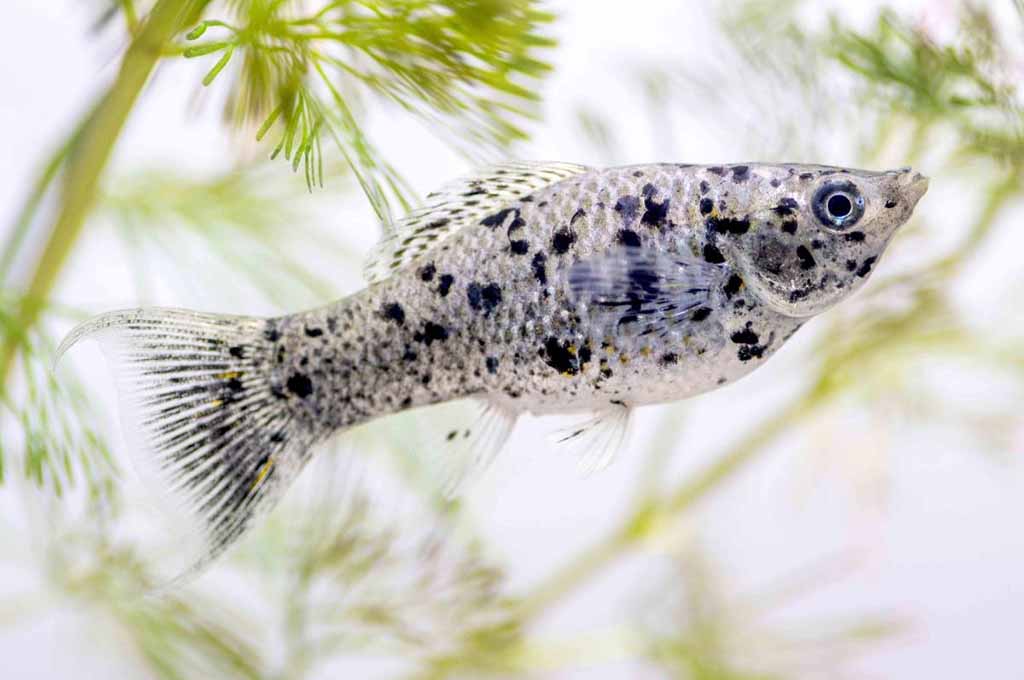
Molly fish care
Care for the pregnant Molly fish
Here’s how to care for your pregnant molly fish:
Environment
- Water Temperature: Maintain the water temperature between 72-78°F (22-26°C). This is the ideal range for a healthy pregnancy and fry development. An aquarium heater can help you keep the ideal temperature range for mollyfish breeding.
- Water Quality: Perform regular water changes (25-50%) once a week to keep the water clean and free of ammonia and nitrites, which can harm the developing fry. Ensure that good water filtration is running constantly.
- Hiding Places: Provide ample hiding spots in the tank using live plants like hornwort, java moss, or even floating plants. You can also add caves or other fish decorations for Molly to feel secure, especially as she nears giving birth.
Diet
- High-Quality Food: Feed your pregnant molly fish a nutritious diet rich in protein and vitamins. This can include high-quality flake food, brine shrimp, or daphnia.
- Increased Feeding: You can slightly increase the feeding frequency as the pregnancy progresses to provide the extra energy needed for developing fry. However, avoid overfeeding, which can foul the water.
Stress Management
- Minimize Handling: Avoid excessive handling of the pregnant molly. Netting or transferring her can be stressful, so only do it when necessary.
- Peaceful Tank Mates: Keep the tank environment peaceful by avoiding aggressive tank mates that might harass the pregnant molly fish.
Breeding Options
- Separate Breeding Tank (Optional): You can set up a separate breeding tank with plenty of hiding places for the fry. This is especially recommended if your main tank has other fish that might eat the fry. Maintain similar water parameters in the breeding tank.
- Breeder Box (Optional): Another option is to use a breeder box within the main tank. This allows the fry some protection from other fish while still keeping the mother molly in the community tank.
After Birth
- Fry Removal (Optional): If you haven’t separated the molly beforehand, you can remove the mother fish from another tank after she gives birth to prevent her from eating the fry.
- Fry Care: Feed the fry infusoria or baby brine shrimp until they are large enough to eat flake food. Ensure good water quality in the fry tank or breeding box for their healthy development.
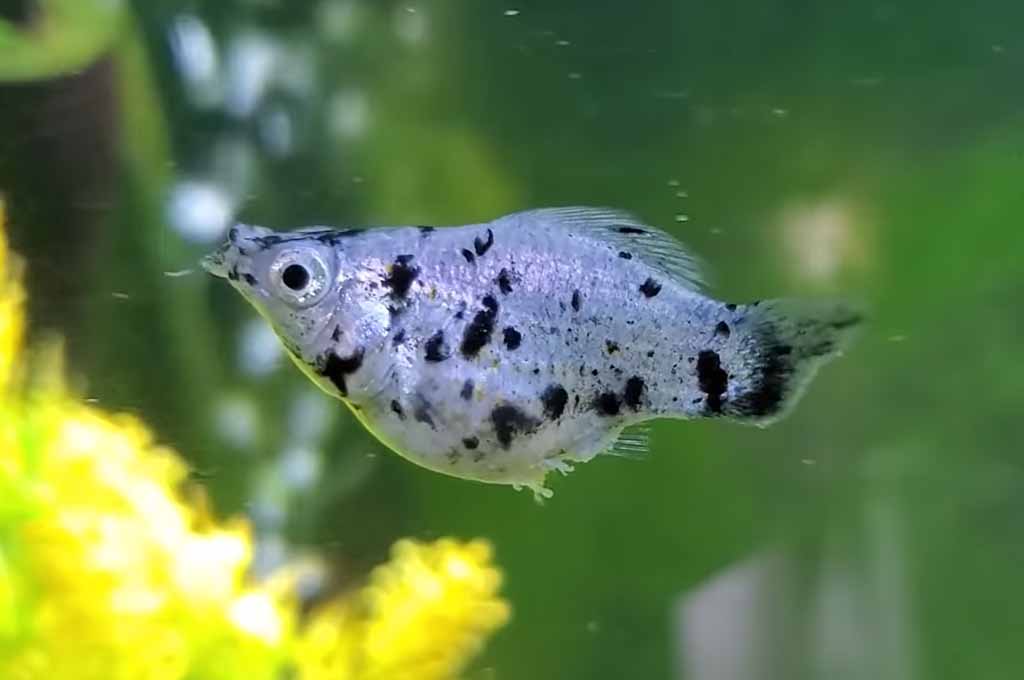
Molly fish breeding
Facts of Molly Fish Breeding
- Livebearers: Mollies are livebearers, which means that they do not lay eggs but rather give birth to live fry.
- Prolific Breeders: A single female can give birth to between 20 and 100 fries in each litter, and they are capable of being pregnant many times in their lifetime after one mating.
- Easy Breeders: Mollies are now regarded as one of the easiest fish to breed in captivity. These are the important factors: proper water quality and a balanced diet.
- Gestation Period: The gestation period is 4–6 weeks; warmer water tends to advance the process slightly.
- Fry Survival: The survival rate of the fry depends on their ability to find places to hide and the choice of tank mates. Other fish may consider them as their prey to feast on.
The Final Words
In conclusion, breeding molly fish is a fun and rewarding experience. It is essential to ensure the right feeding, appropriate water conditions, proper breeding, and adequate concealing for a successful pregnancy and well-developed fry. Bear this in mind, mollies are livebearers with a gestation of 4–6 weeks. They are excellent breeders; however, their fry are very vulnerable and require hiding places and appropriate tank companions.
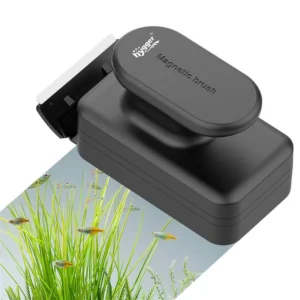

Leave a comment